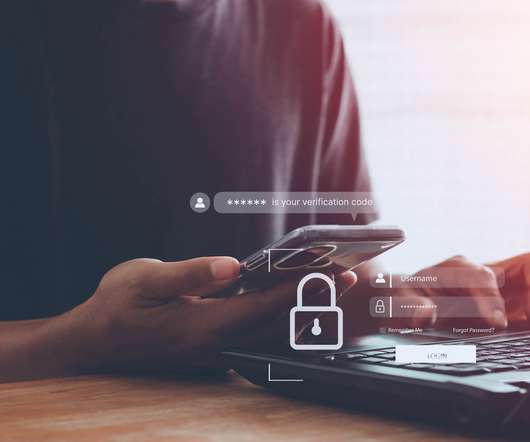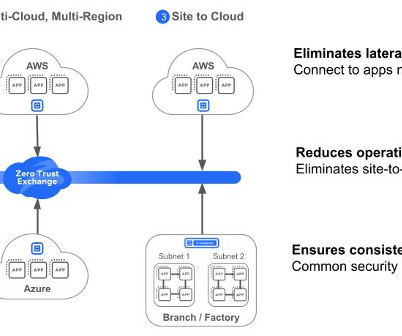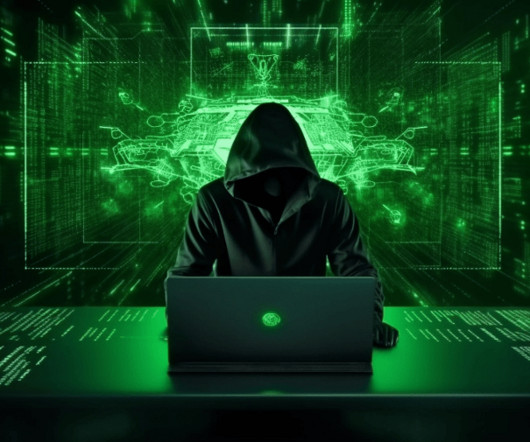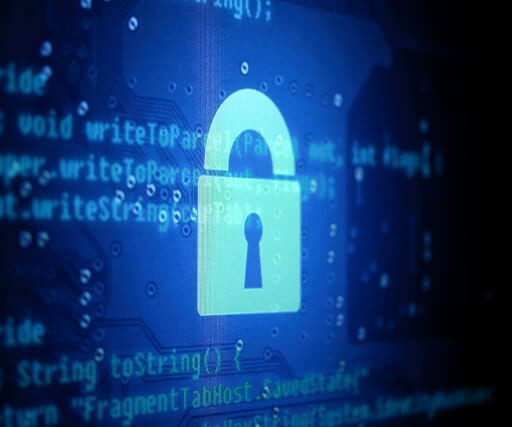Why Multi-Factor Authentication is Key to Modern Cybersecurity
CIO Business Intelligence
JUNE 27, 2022
Multi-factor authentication, or MFA. Multi-factor authentication requires users to provide two or more pieces of evidence in order to gain access to a network, application, or system, and can dramatically decrease the likelihood of infiltration. And if their device has been infiltrated by malware? million to $4.24
















Let's personalize your content